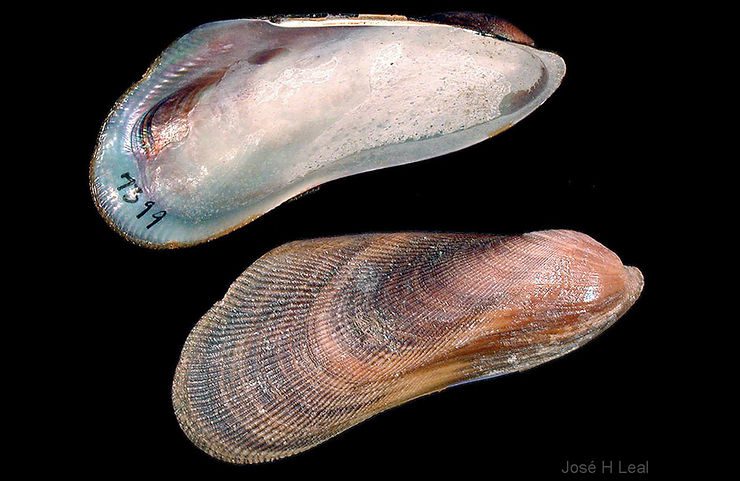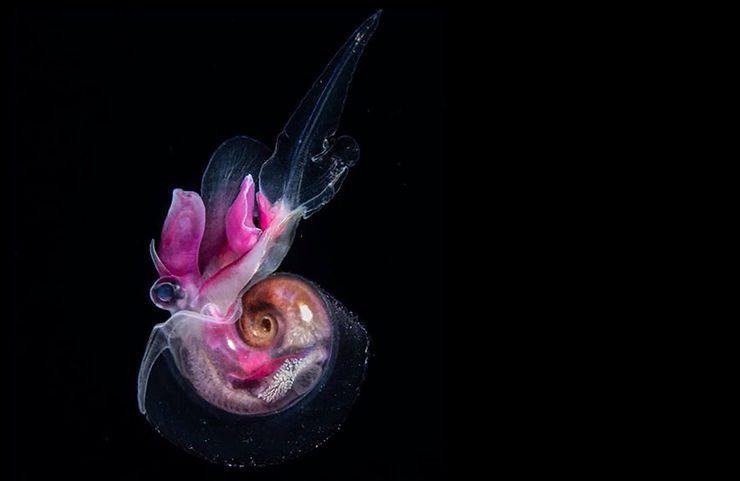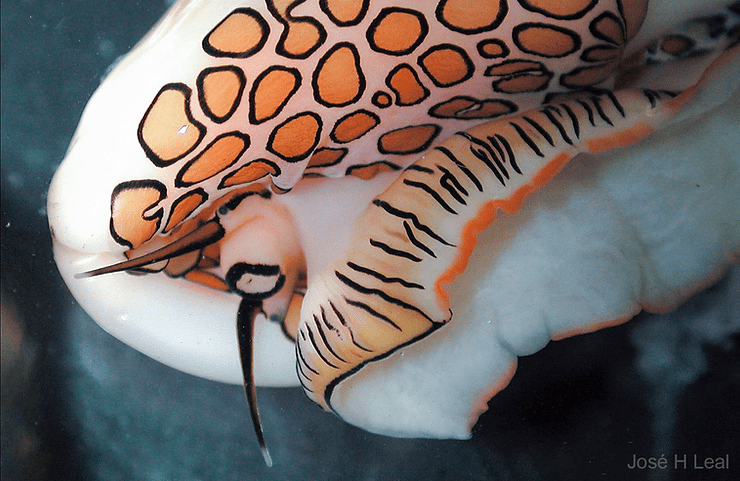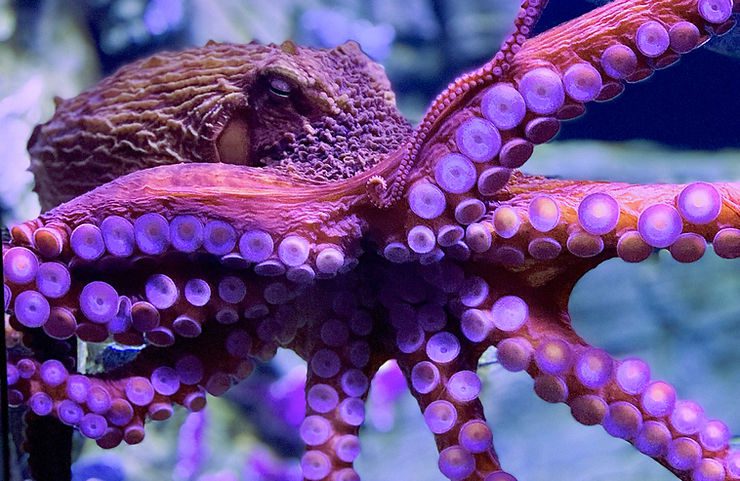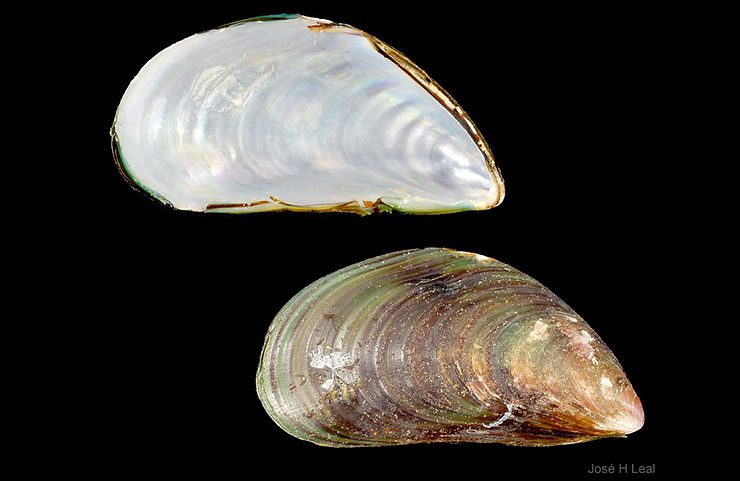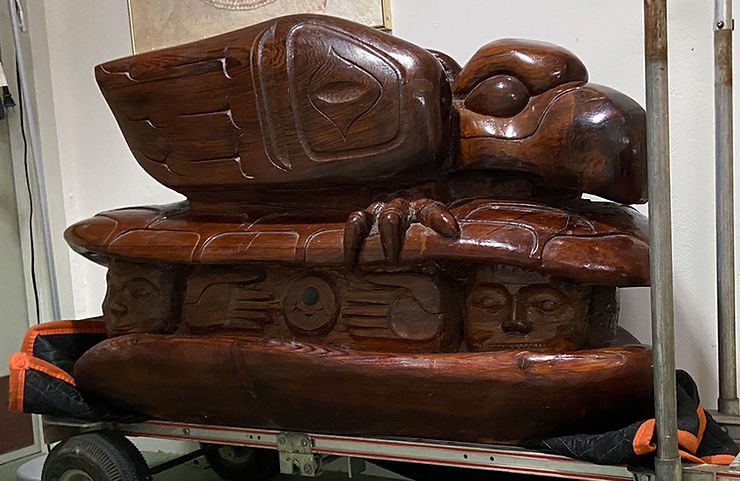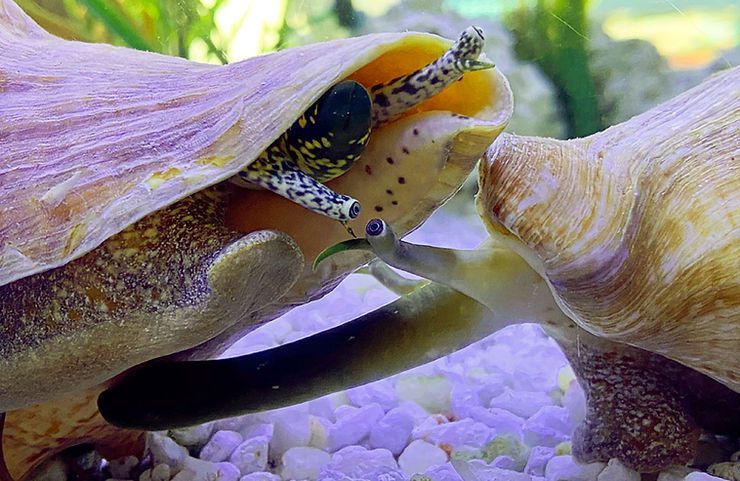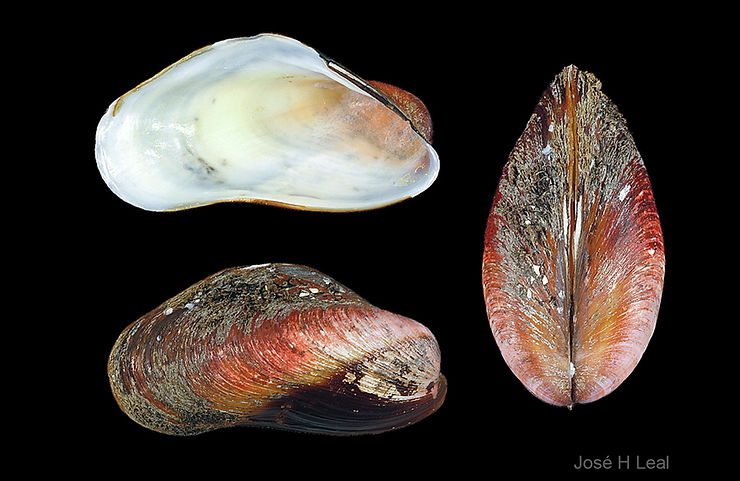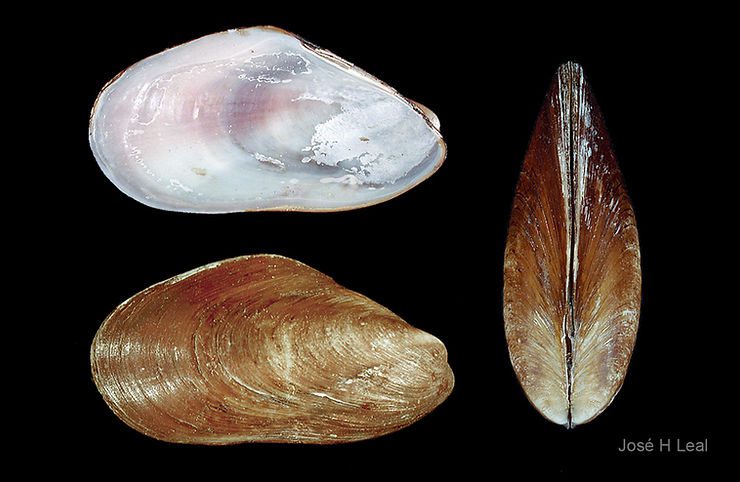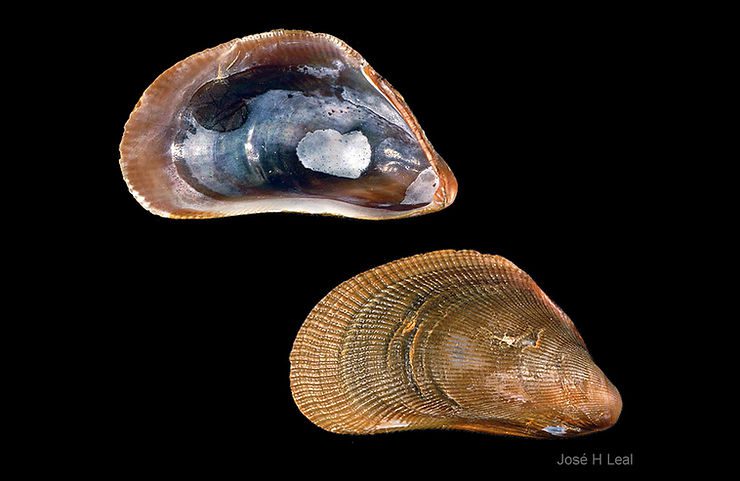
Shell of the Week: The Scorched Mussel
Brachidontes exustus (Linnaeus, 1758) reaches about 25 mm (about one inch). The shell has a “semi-triangular” outline, with a sculpture of many very fine radial ribs that form minute denticles on the inner edge of the valves. The color is yellowish-brown to dark-brown, with the inner surface a metallic purple mottled with white. Genetic studies in the past have shown that what we consider to be the Scorched Mussel may consist of more than one species. #brachidontesexustus #scorchedmussel #mytili
